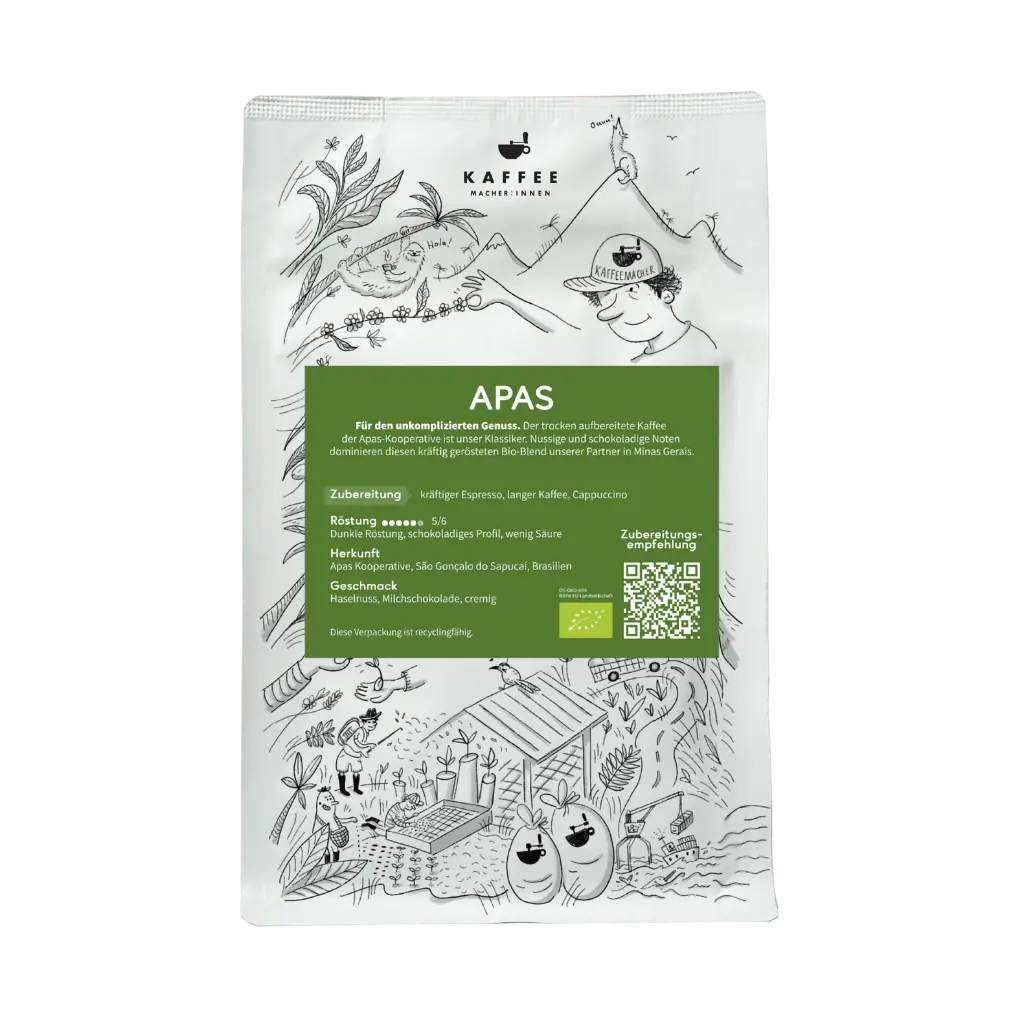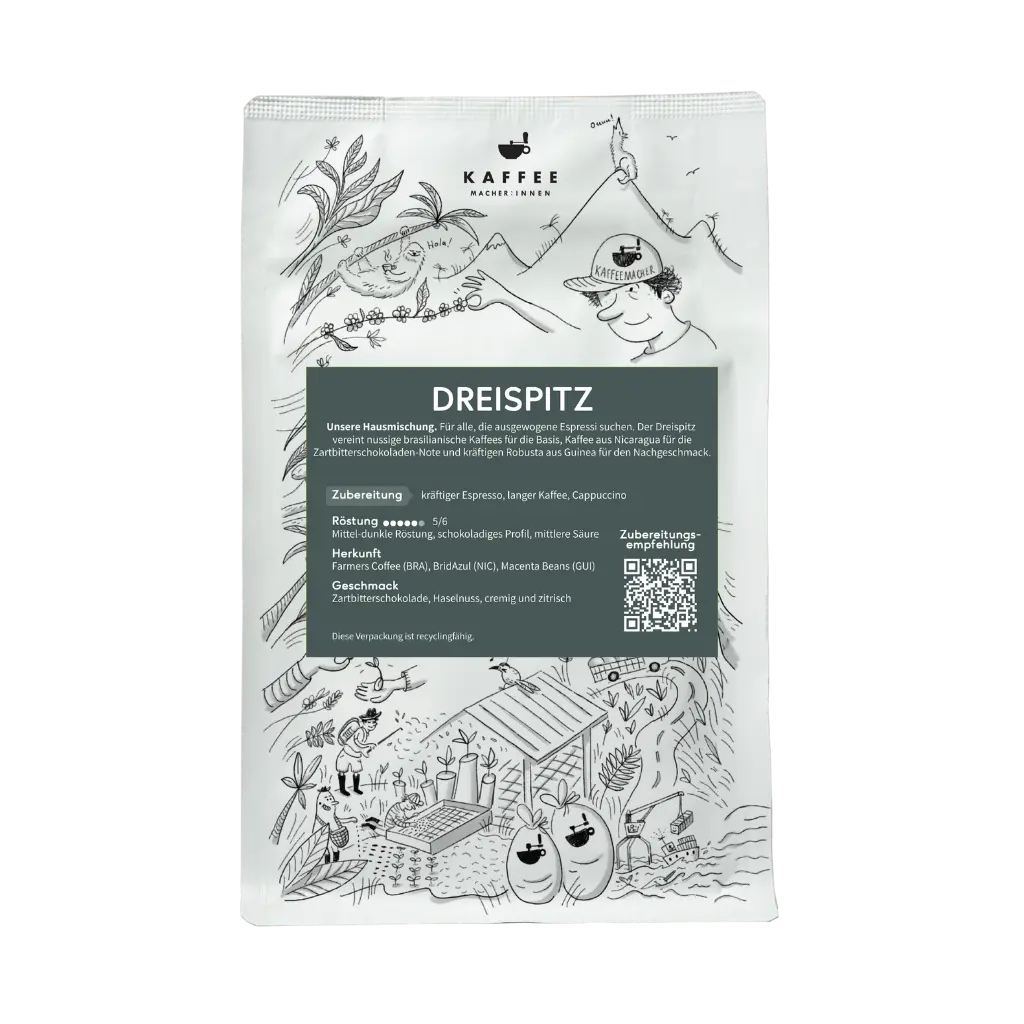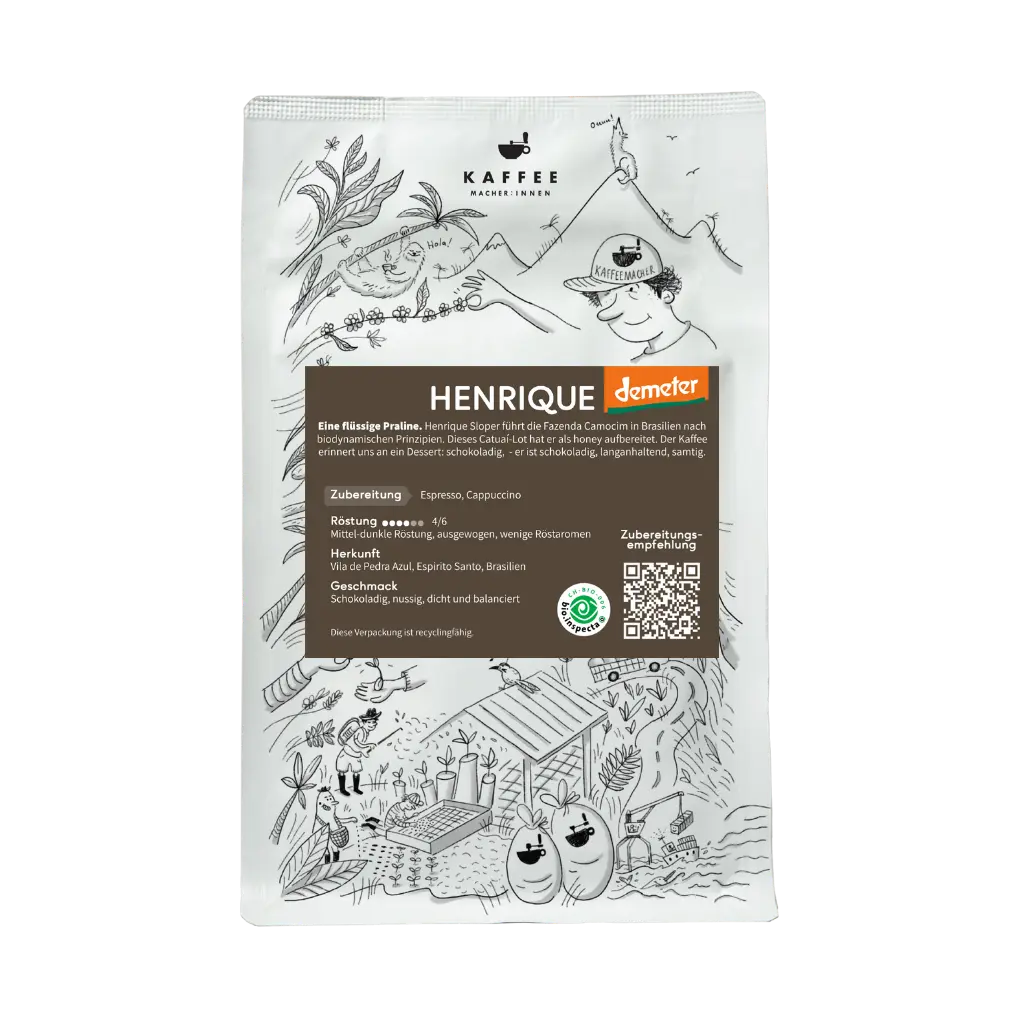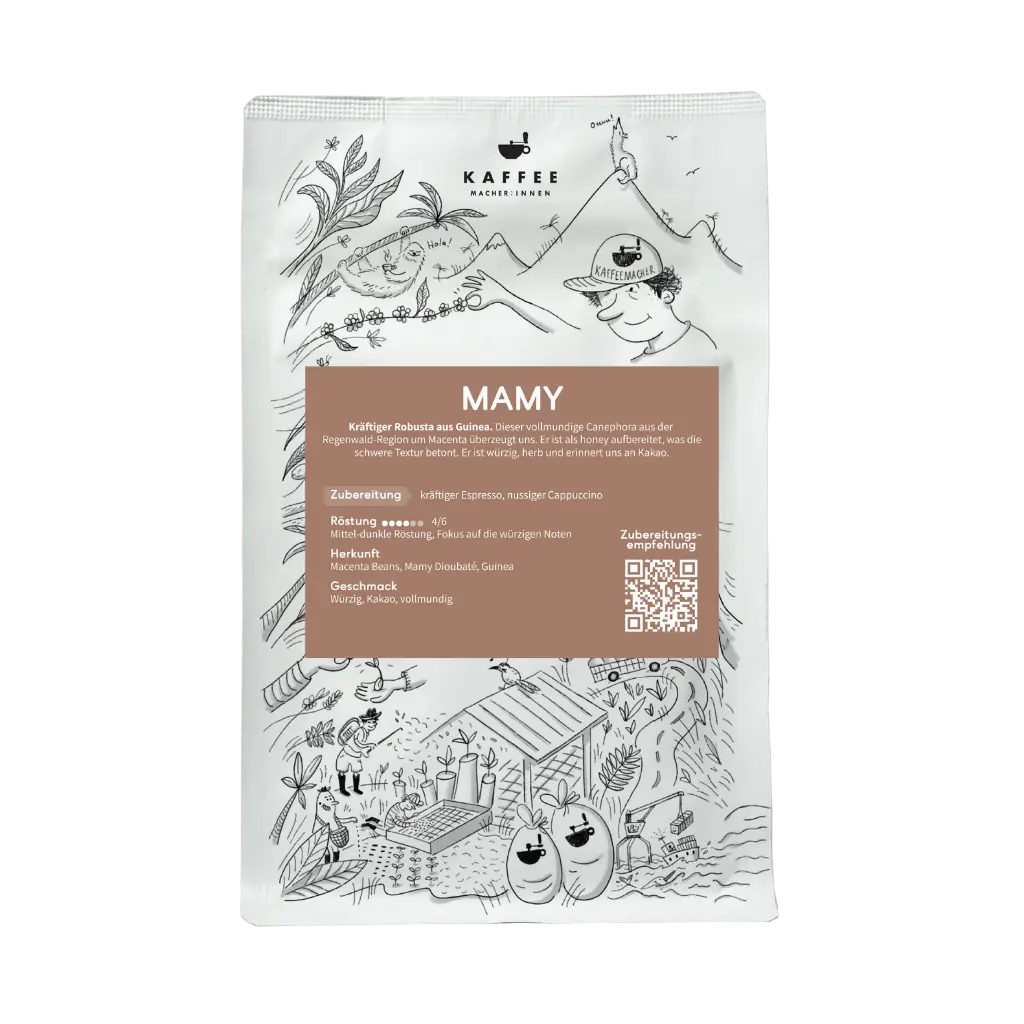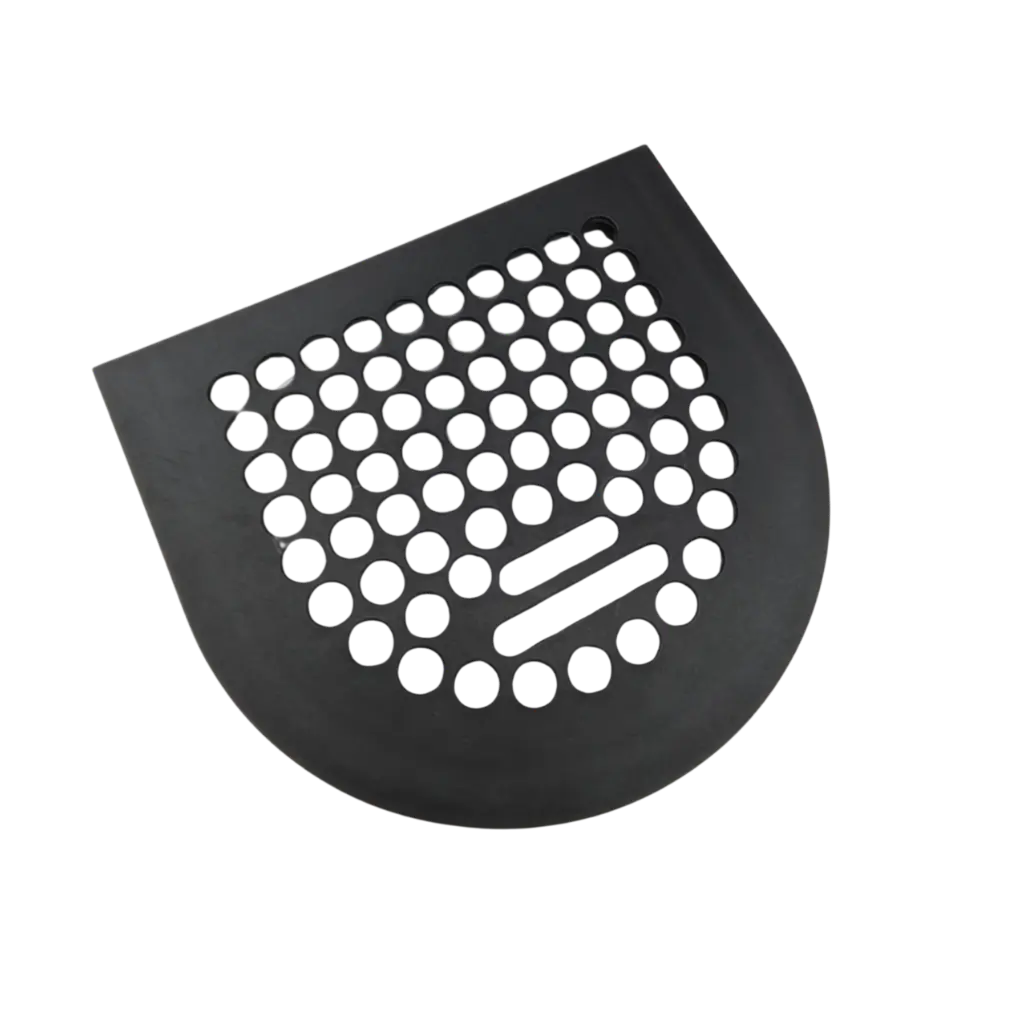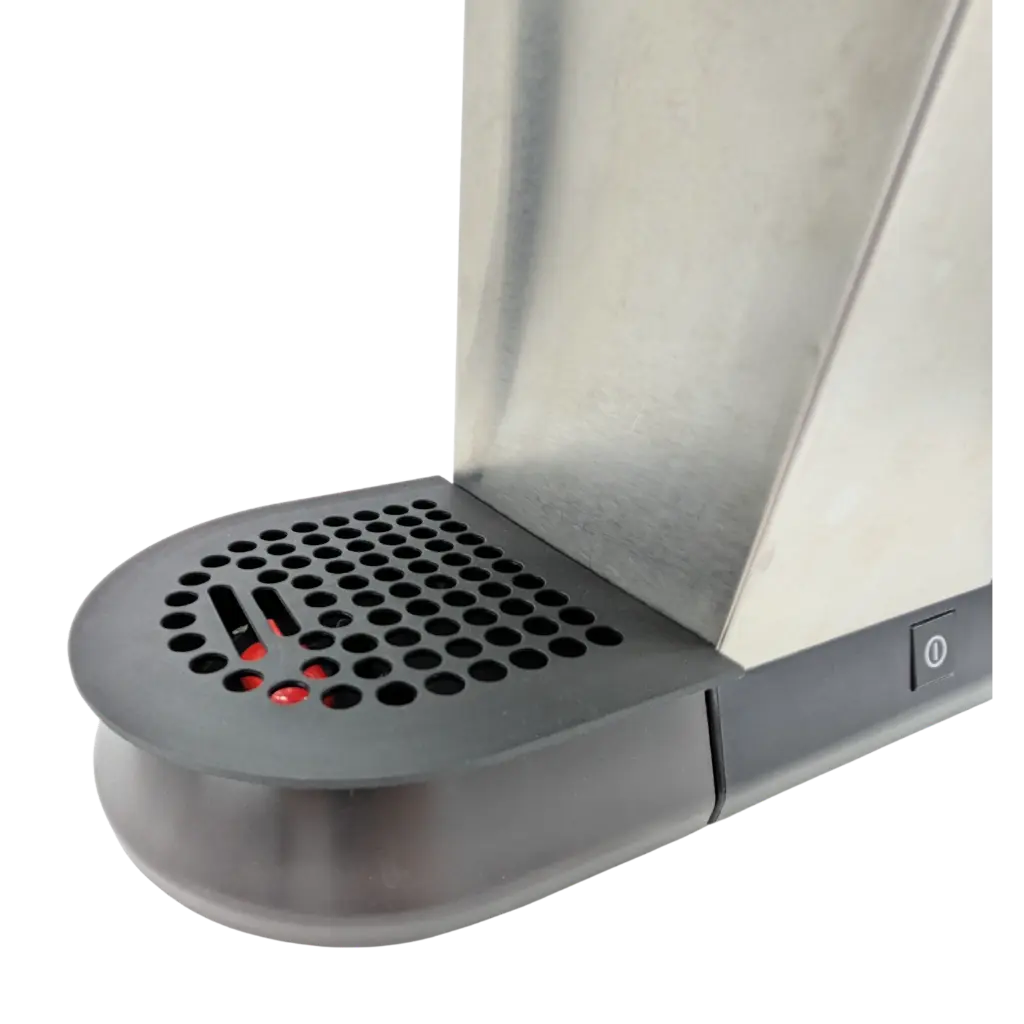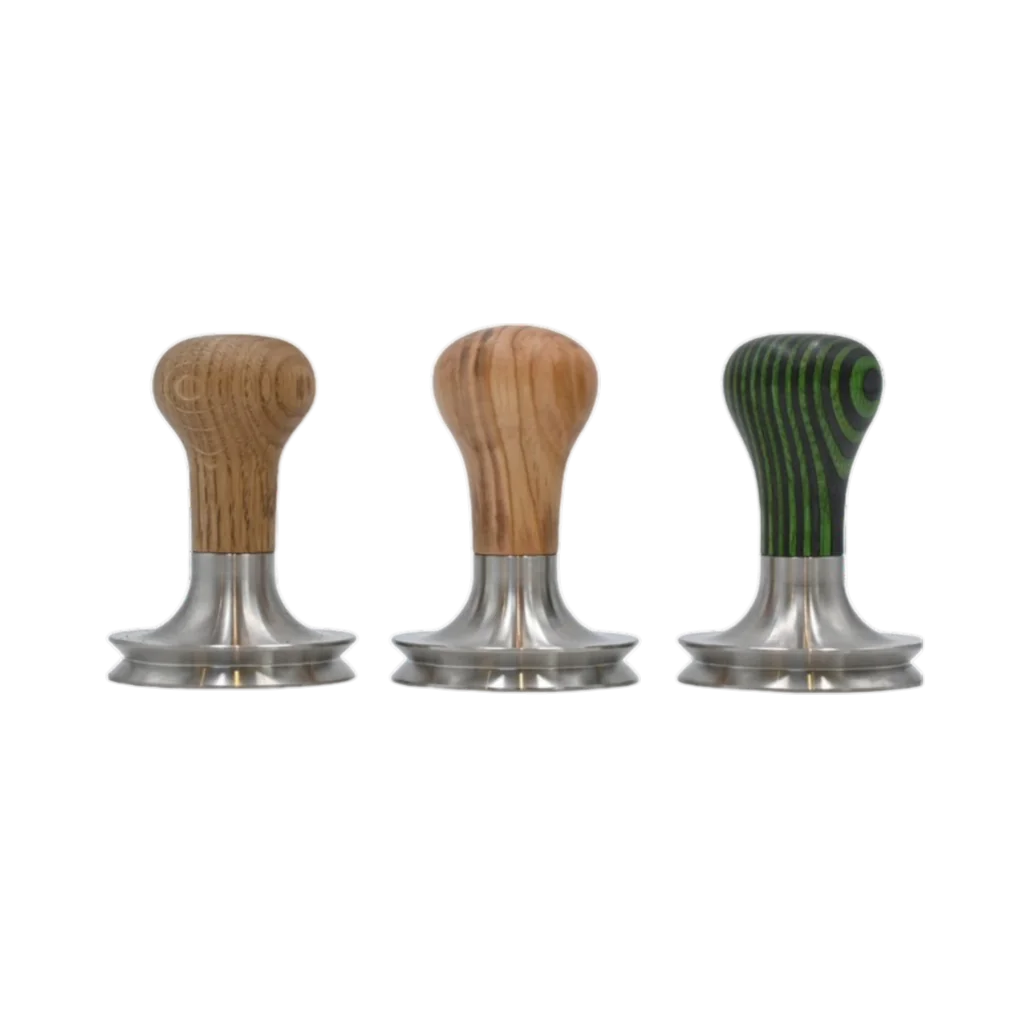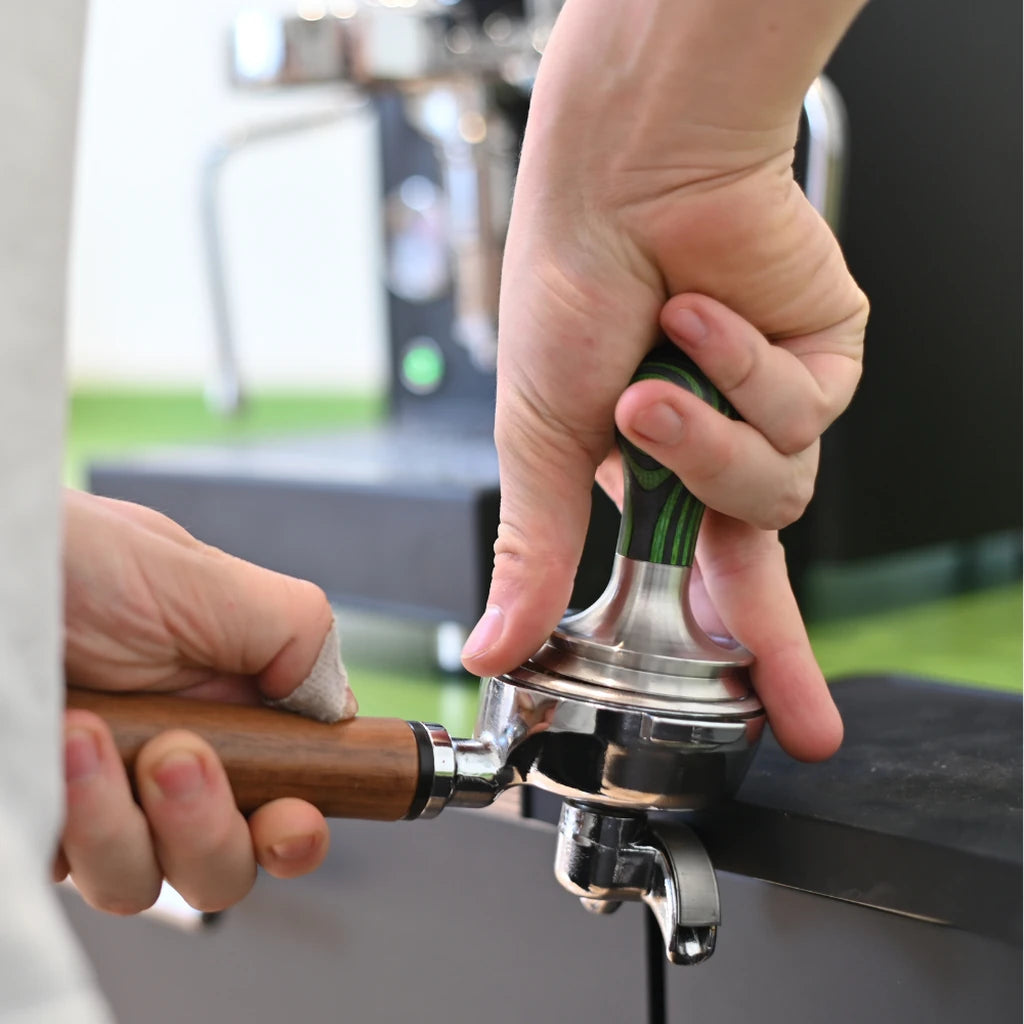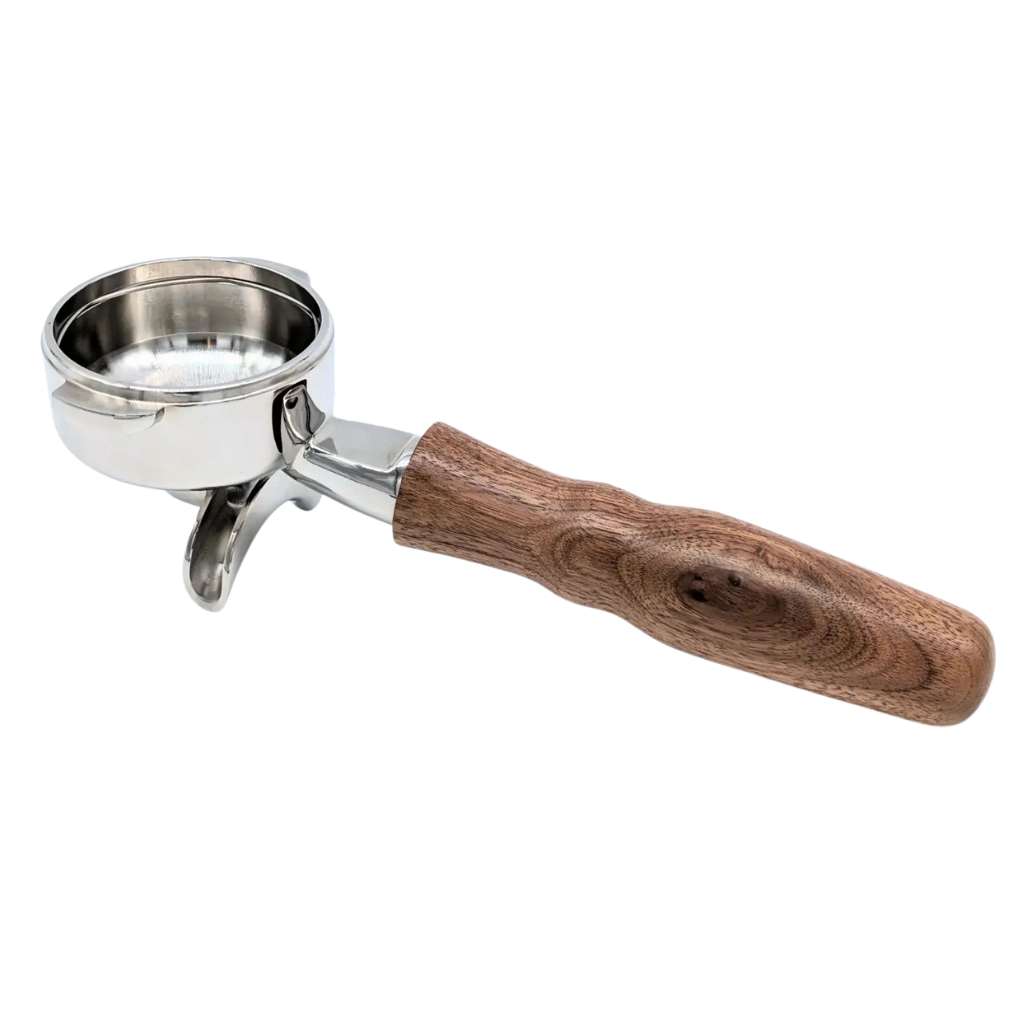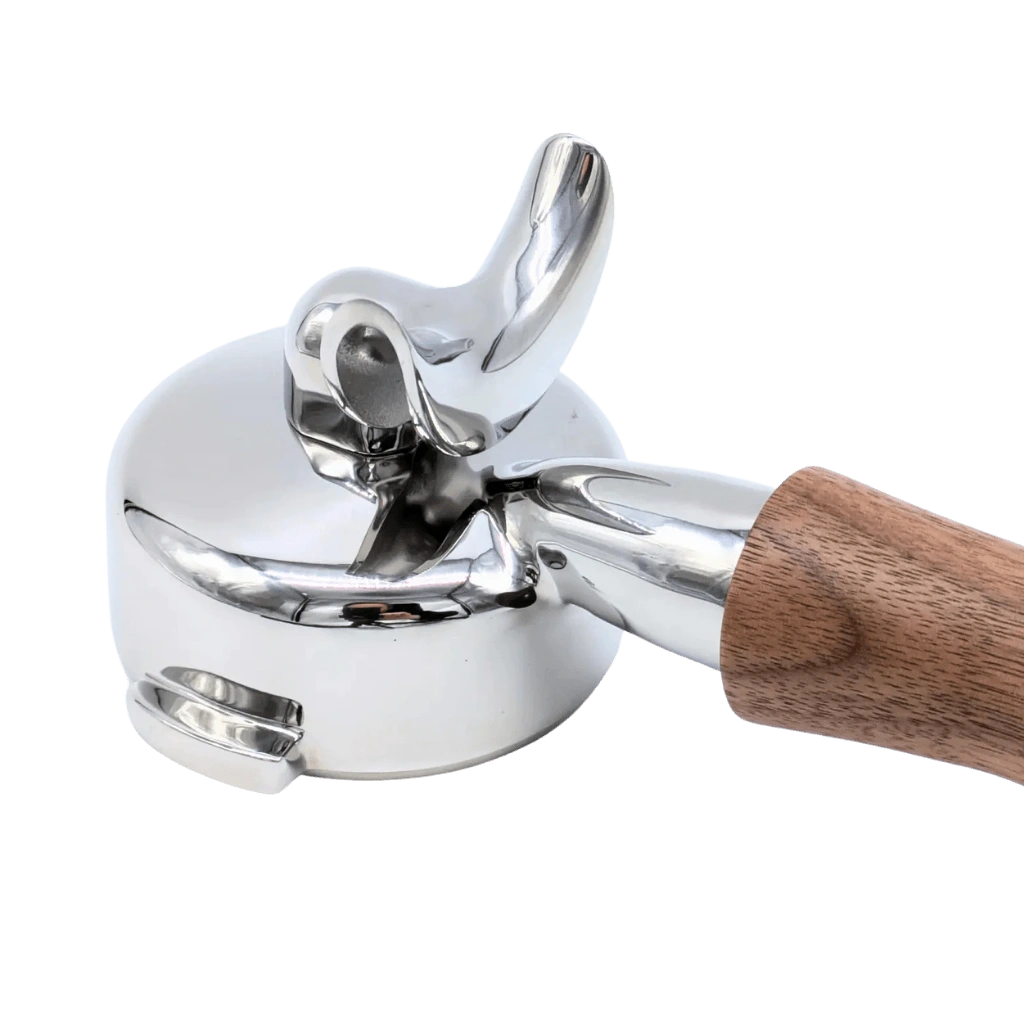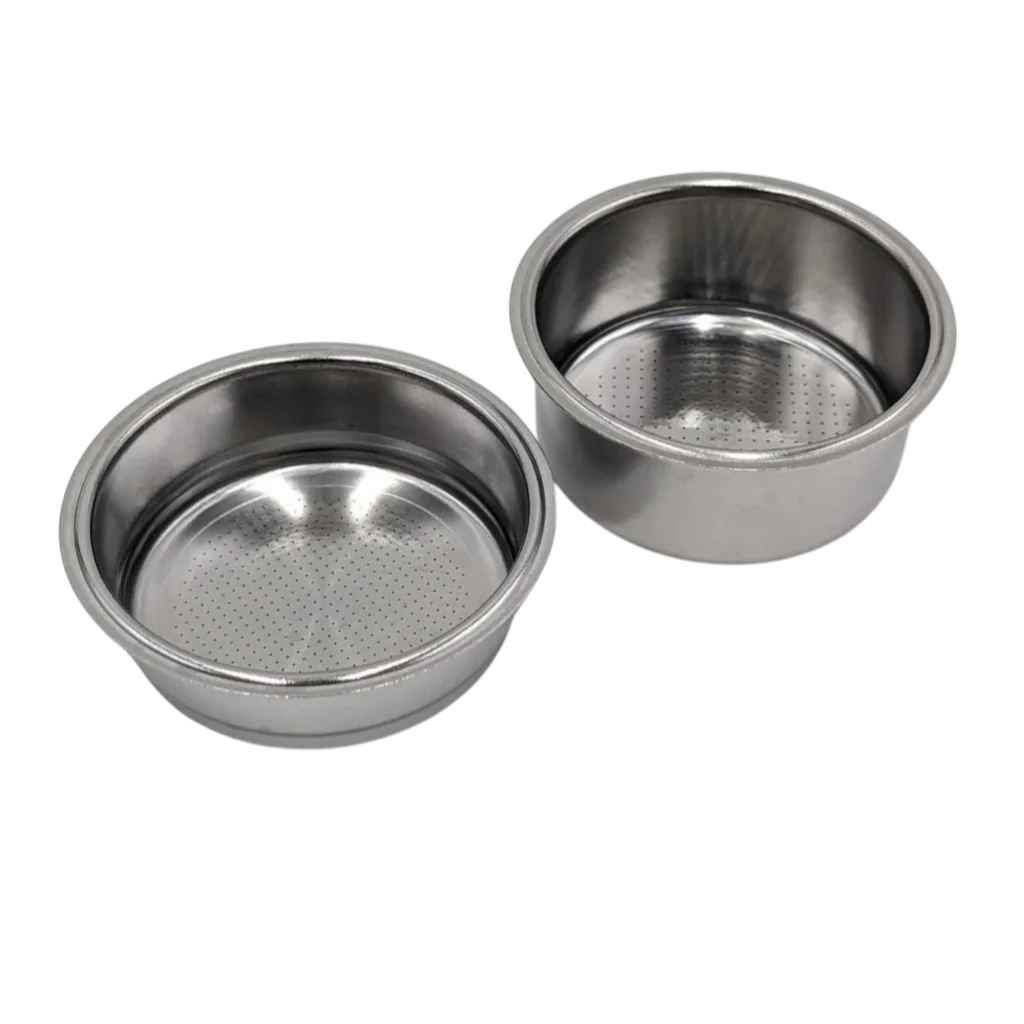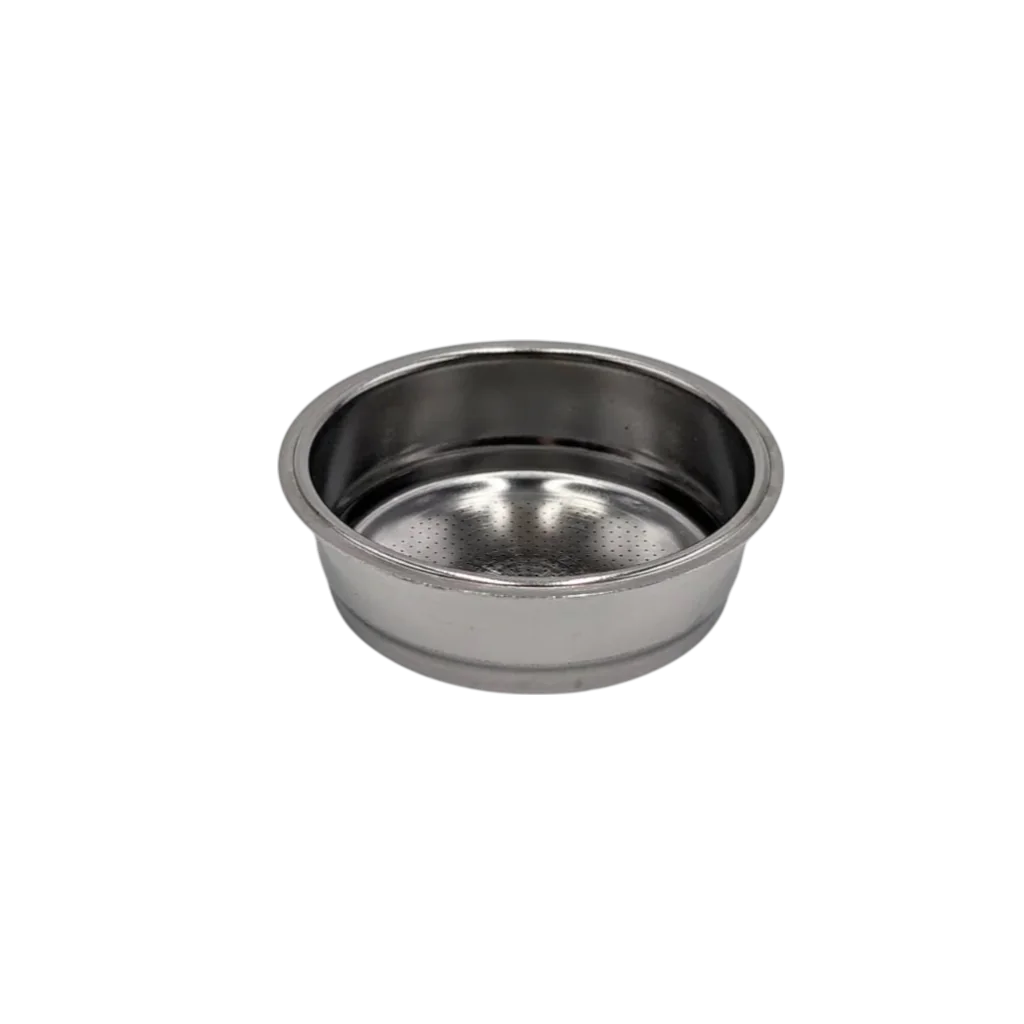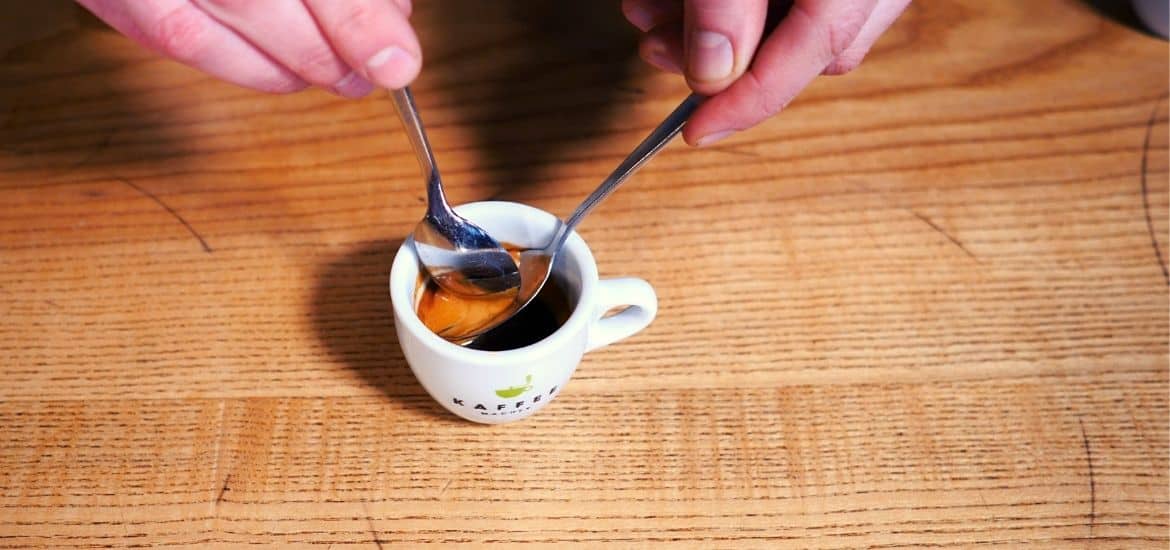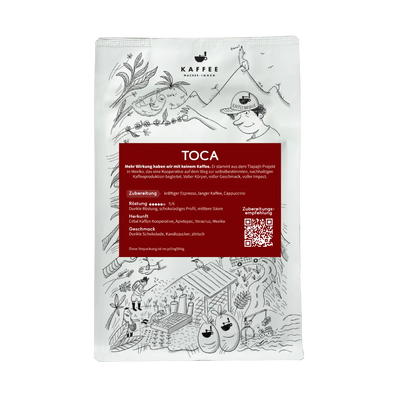The crema. For many, it's the crowning glory of an espresso. Many swear that a good foam promises good coffee, that tiger stripes give the espresso that final kick, and that no crema means a bad espresso. Well, unfortunately, it's not that simple.
For many people, the foam ( Italian: crema ) on coffee is indispensable. There's hardly a picture, hardly a coffee package, hardly a coffee advertisement that doesn't feature coffee covered in foam. You almost get the feeling that foam is a must with coffee, otherwise something's wrong. Indeed, that the foam is just as important as the drink itself.
I admit, the foam just looks really good. We've become so accustomed to it that we think the crema is a must, no matter what the drink.
Based on these observations, opinions and even theories form, becoming so strong that preparing the perfect espresso, the oft-quoted god shot, seems unattainable. And an entire industry has taken advantage of this – the most beautiful foam suggests the best coffee .
One thing becomes clear: Espresso is arguably the drink with the most expression, the most myth, the most attractive. And the crema is partly responsible for this.
What is crema?
The crema is a foam that only develops through high pressure and high temperatures. Hot water at over 90°C meets ground coffee at high pressure of +/- 7 bar. The water emulsifies the oils in the coffee powder, while the CO2 in the coffee is dissolved by these high temperatures and pressure. As the coffee emerges from the sieve, the coffee emulsion moves from a space of high pressure to one of atmospheric pressure. As the pressure on the emulsion decreases, the trapped CO2 expands and turns into foam.
A similar comparison is to a shaken soda bottle. We all know this: if you shake a soda bottle vigorously and immediately open the lid, you'll be hit by a soda fountain: a liquid with CO2 in a high-pressure space enters a lower-pressure space, creating foam.
Crema is nothing other than a special type of foam. Foam consists of two phases: the continuous phase, the medium in which the CO2 bubbles are dispersed. This means that they do not dissolve in the continuous phase.

It just looks good.
The short lifespan of the crema
The crema's lifespan is up to 40 minutes. And during these 40 minutes, its structure changes considerably. From liquid, fine-pored foam, it eventually becomes dry, porous foam. However, this isn't really important for many consumers, since espresso is generally consumed quickly.
The crema thins because its molecular structure slowly changes. This happens with every foam when it drains. The heavier oil particles sink to the bottom, attracted by gravity. This changes the crema structure, making it unstable and gradually dissolving.
Literature tips and other videos
Here are two scientific analyses on the topic that we recommend:
Xiuju Wang, 2014:
Understanding the Formation of CO2 and Its Degassing
Behaviors in Coffee
Illy and Navarini, 2011:
Neglected Food Bubbles: The Espresso Coffee Foam
James Hoffmann's video on the subject delves even deeper into the chemical composition of the crema and provides a brief overview of its historical origins.
5 factors influencing the amount of crema
From the first step, we learned that crema is just a type of foam. Here, we'll discuss the factors that determine the quantity and quality of this foam.
The crema and the CO2
The gas bubbles in the crema are dissolved CO2. But where does it come from, and which coffees contain more CO2?
CO2 is produced as a byproduct of coffee roasting. The CO2 then accumulates in the cell structure of the roasted coffee beans. To ultimately achieve a foamy finish on the coffee, the CO2 must remain stored in the beans. This requires tight packaging, timely grinding, and a correctly adjusted grinder.
The roasting age
The fresher a coffee, the more crema it will have. The older it is, the less crema will be present because the CO2 has evaporated. Likewise, the crema clock starts ticking once a package has been opened.
Crema is therefore a good indicator of the age of a roast. Espressos reach their best around two to three weeks after roasting. After about two to three months, the quality of the roast begins to decline. The crema indicator can therefore provide an indication of whether a coffee is relatively fresh. From this, quality can be determined based on freshness.
The degree of roasting
Different roasting levels produce different crema volumes. There is a strong correlation between foaming abilities and fractions with high molecular weight complex sugars and proteins, all of which are caused by the Maillard reactions.
During roasting, coffee begins its Maillard reaction, a non-enzymatic browning reaction, at 140°C. This means the coffee begins to brown, but doesn't yet truly taste like coffee.
As temperature increases, the Maillard reactions also increase. Reducing sugars form new compounds with amino acids and begin to form the coffee's aromas.
Back to foaming, which is positively influenced by the pronounced Maillard reactions. If a coffee is roasted longer, and thus spends more time in the Maillard phase, more crema develops in the cup.
The water
One invisible factor that can influence crema is water. You may have noticed that the same coffee foams more in one place and less in another.
Hard water tends to produce slightly more foam, while soft water produces less. This is true for soap, as well as for coffee foam.
The machine types
Although we are talking about crema , there are clear differences in consistency, porosity and elasticity.
| Espresso from a portafilter machine | usually produces a dense, elastic, shiny crema |
| Espresso with bottomless portafilter | This produces a voluminous, rich crema because the coffee stream is not redirected. This ensures that the intact crema reaches the cup directly. |
| Espresso in a fully automatic machine | produces a voluminous but less elastic crema. It is more porous because it traps more air. |
| filter coffee | does not produce crema because the pressure during extraction is too low |
| Capsule coffee | often results in a very airy crema, less elastic, but voluminous |
| Moka pot | produces less stable foam because the ratio of water to coffee is high. |
| Cezve/Ibrik | produces little foam as it is prepared without pressure |

The crema from the fully automatic coffee machine is very voluminous, but fluffier and slightly drier than the crema from the portafilter machine.
Focus: The crema of the coffee capsule
Capsule coffee produces a lot of foam. Contrary to rumors that it contains baking soda or some other additive, there's a simple explanation.
- lots of gas in little space
- On average, approximately 5.5g of roasted coffee is pressed into a capsule. The coffee is usually ground and encapsulated immediately after roasting. This allows the CO2 to flow into the capsule and remain trapped there. Often, the coffee capsule is also infused with nitrogen, which displaces the last remaining oxygen.
- In relation to the small amount of coffee, there is a lot of gas in the coffee capsule, which foams up during extraction
- larger holes without resistance
- When the capsule is pierced over the filter plate, the coffee shoots out of the capsule through relatively large exit holes without resistance
- the fast flow is not redirected (=slowed down) and lands directly in the cup
The information comes from Patrizio Frigeri, coffee engineer, who has also reported extensively on capsules here .

For many, a reason to buy a capsule machine: the sure-fire foam on the coffee.
More Robusta = More Foam
For more classic espresso interpretations, an intense foam is often desired—even a small amount of Robusta can help achieve this. 100% Robusta is extremely foamy, almost overflowing the spouts of the portafilter during extraction. However, the foam has a different consistency: it is more porous, somewhat drier, less glossy, and less elastic.
Why?
Robusta, especially in medium-dark roasts, has up to twice as much CO2 as Arabica coffees. Furthermore, Robusta has about half as much fat in the form of oils as Arabica – and we know that oil doesn't foam. In other words, the oils in Arabica prevent more intense foam formation.
Is crema overrated?
One of the classic coffee books states that for a “real espresso” at least 10% of the drink must be crema.
I find it difficult to come up with such hard definitions for a beverage that is consumed worldwide and interpreted with different understandings of coffee.
10% crema volume is primarily a visual reason – if there were only a thin layer of crema on the liquid, we might think that the coffee was already older or that it was poorly prepared.
If appearance seems so important, then we can also ask whether espresso is a multi-sensory drink? Does the cup, spoon, and glass of water also belong to it? Probably so, because espresso is always a brief moment of pleasure.
 Tigerstreifen Espresso from our Facebook community . Left: Marco Rödel, right: Olaf Sühr.
Tigerstreifen Espresso from our Facebook community . Left: Marco Rödel, right: Olaf Sühr.The tiger stripes on the espresso – are they important?
Nevertheless, we are strongly influenced by the idea that the crema should be present and present. And it should be beautiful – we repeatedly hear about tiger stripes, which are supposed to suggest a particularly successful extraction.
Tiger stripes are nothing more than fine coffee particles that break off during extraction. However, tiger stripes are not present in the same way in all coffees—or even not at all.
- Tiger stripes are often visible, especially in darker coffees, because darker coffees are more brittle due to the high roasting temperatures.
- Tiger stripes are generally found on conical grinders, which produce more fines. Daniel Hofstetter explains this clearly in this video .
The Barista Championships and the Crema (R)Evolution
The harsh visual assessment and its supposed influence on taste were long overrated – even at the Barista World Championships. In the early days and well into the 2000s, the crema accounted for 50% of the overall espresso score. Fifty percent. The other half was spent on taste – almost unimaginable from today's perspective.
“Back then,” people would look at the cup for a long time, hold it at an angle, assess its elasticity, evaluate its hopefully reddish-brown color, and determine whether there were any bubbles.
 Felix Hohlmann at the 2017 Swiss Barista Championship. The only thing noted was whether the crema was present or not.
Felix Hohlmann at the 2017 Swiss Barista Championship. The only thing noted was whether the crema was present or not.
Just imagine that today—almost impossible. And yet, it was standard until just over 12 years ago. And today, the crema appearance counts for less than 2%. Thank goodness.
We were kindly provided with this information by Sonja Björk Gran t and Gloria Pedroza , two long-time judges at the Barista World Championships.
And that brings us to the most important question for us: Is crema tasty? And does crema make espresso better?
- The crema is an indicator that the extraction was certainly not too fast or much too slow, but even then I don't know whether the coffee will still taste good.
- We tasted the crema, and only the crema. Crema on its own tastes bitter. And you can taste the CO2. It has an unpleasant acidity, almost like carbonic acid.
- An espresso without crema is less roasted because it contains less CO2, which is mainly present in the crema.
Whether you prefer coffee with or without crema is up to you. Try it out and extract two espressos. From one cup, remove the crema with two spoons, and from the other, mix it in. The coffees will taste significantly different.
So, crema is somehow part of it, especially for aesthetic reasons, because we've internalized this espresso drink so visually.
More crema is not better, and no crema does not necessarily mean that the coffee is bad.



